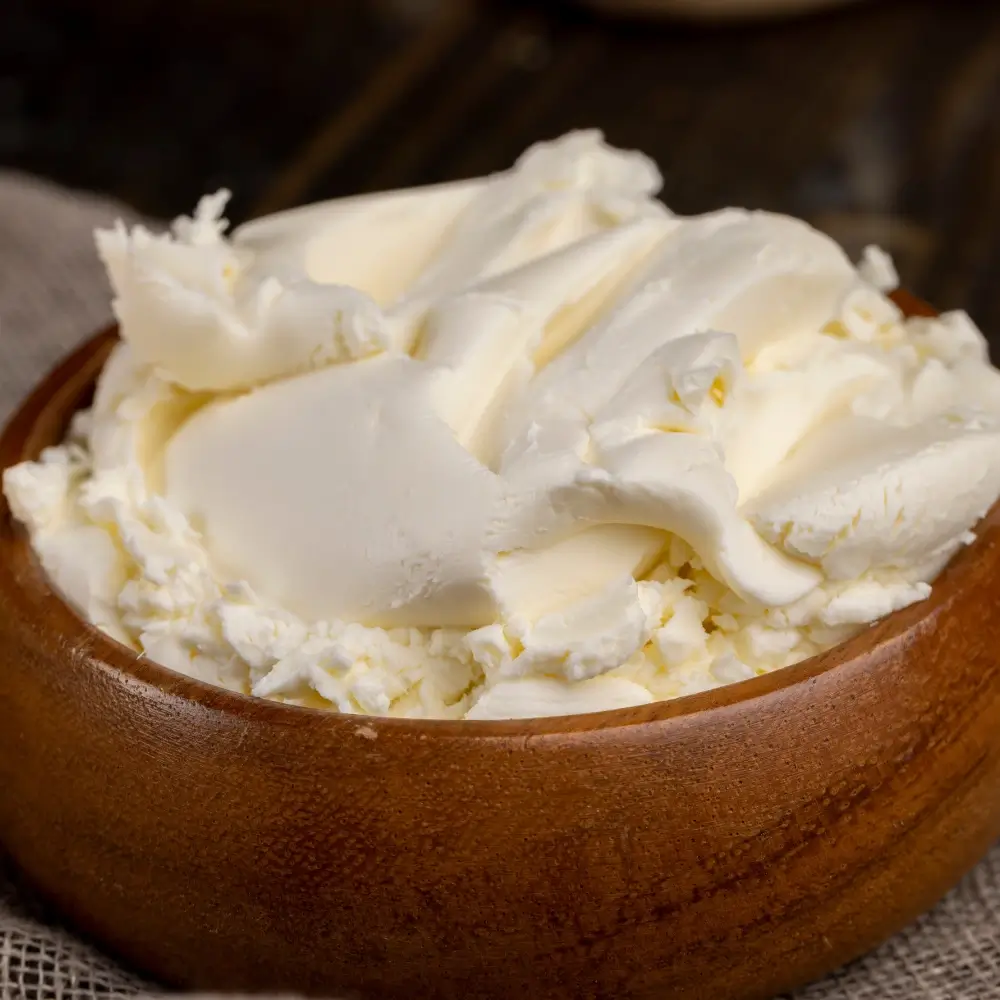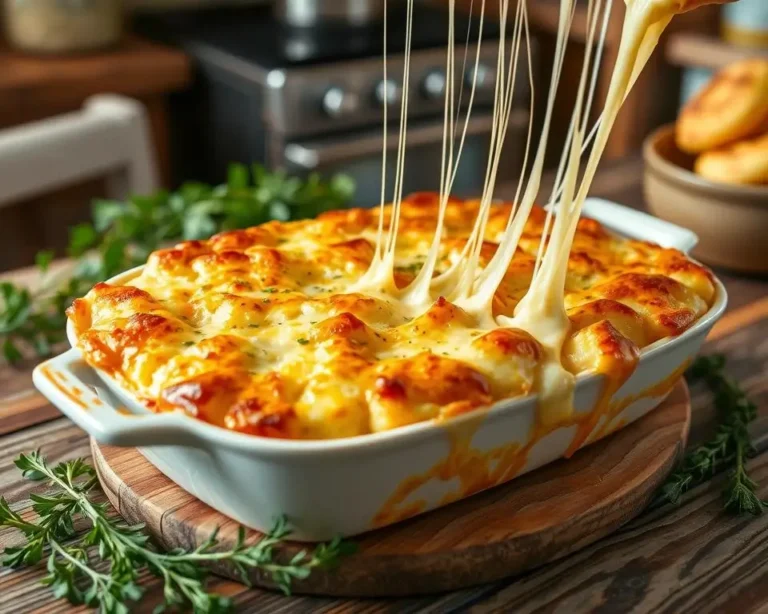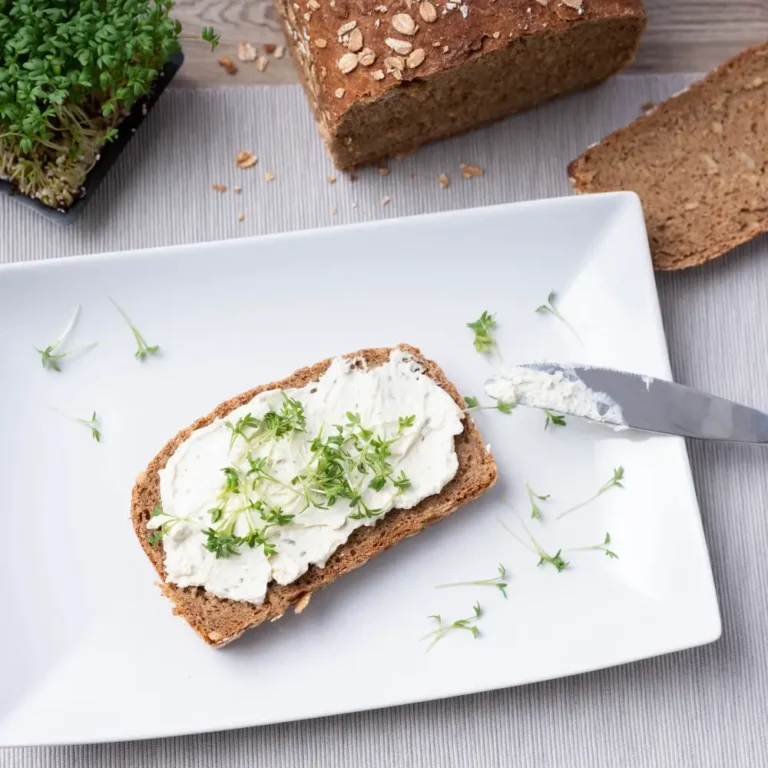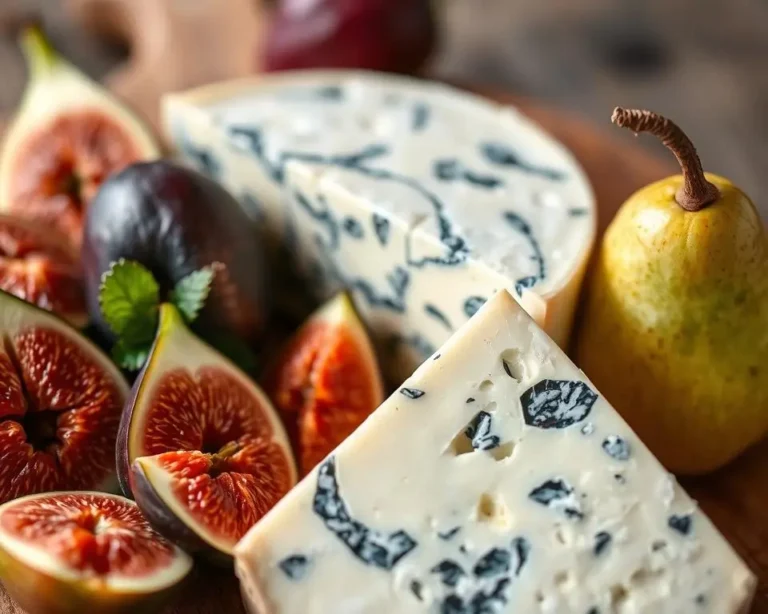Cream Cheese Filling
Presentation:
Imagine a decadent pastry with a flaky crust and a velvety cream cheese filling. This filling melts in your mouth. Making it at home might seem hard, but with the right steps, you can do it. Are you ready to learn how to make it perfect? Let’s start.
Key Takeaways
- Discover the essential ingredients and equipment needed to make homemade cream cheese filling
- Learn how to select the best type of cream cheese for your recipe
- Uncover the step-by-step mixing techniques for a smooth and creamy texture
- Explore common mistakes to avoid and troubleshooting tips for perfect cream cheese filling
- Discover versatile uses and creative variations for your homemade cream cheese filling
Table of Contents

Understanding the Basics of Cream Cheese Filling
Making the perfect cream cheese filling for cakes, breads, or cheesecakes is all about the basics. You need to pick the right cream cheese and know the key ingredients. Let’s explore the basics to get a smooth and tasty filling every time.
Types of Cream Cheese for Filling
The cream cheese you pick can change the filling’s texture and taste. Full-fat cream cheese is the classic choice. But, you can also try reduced-fat or whipped cream cheese for different tastes. Each type has its own special qualities that can make your filling better.
Essential Equipment Needed
To make a cream cheese filling, you’ll need some basic tools. A stand mixer or a handheld electric mixer is key for the right mix. A spatula or wooden spoon helps mix everything well and keeps it smooth. Also, having a strong bowl and a measuring cup makes things easier.
Key Ingredients Overview
The main parts of a cream cheese filling are cream cheese, powdered sugar, and vanilla extract. These three make a rich, creamy, and sweet filling. You might add lemon juice or heavy cream to make it even better.
| Ingredient | Purpose |
|---|---|
| Cream Cheese | Provides the creamy, indulgent base for the filling |
| Powdered Sugar | Sweetens the filling and helps achieve a smooth, velvety texture |
| Vanilla Extract | Adds a delightful flavor complexity to the filling |

Learning about cream cheese filling basics helps you make a great filling. It’s perfect for cheesecake filling, cream cheese filling for cake, or cream cheese filling for bread.
Selecting the Right Cream Cheese for Your Recipe
Choosing the right philadelphia cream cheese is key to a perfect filling. Whether it’s for a classic cream cheese frosting or a tasty bagel spread, knowing the differences in cream cheese brands is crucial. It helps you get the right texture and flavor.
The famous Philadelphia cream cheese is a top pick. It’s known for its creamy texture and tangy taste. This makes it great for many recipes. But, there are other high-quality cream cheeses too, each with its own special qualities.
Think about the fat content, texture, and taste when picking cream cheese. Some are better for sweet dishes, while others are great for savory ones. Try different brands and types to find the perfect match for your recipe.
“The key to a perfect cream cheese filling is finding the right balance between tang and creaminess.”
Quality cream cheese is essential for a great dish. Spend time researching and comparing to find the best one for your recipe. With the right philadelphia cream cheese, your homemade filling will be a hit with your taste buds.

Essential Ingredients for a Smooth Cream Cheese Filling
Making the perfect cream cheese filling for desserts, cakes, or pastries is more than just cream cheese. You need to think about other ingredients to get a rich, smooth texture. These ingredients will also boost the flavor and consistency of your filling.
Sweeteners and Flavor Enhancers
Cream cheese is great, but it needs a bit of sweetness to taste right. You can use granulated sugar, powdered sugar, honey, or maple syrup. These sweeteners add sweetness and make the filling creamier and more stable.
Stabilizing Ingredients
To keep your cream cheese filling smooth and spreadable, you might need stabilizers. Cornstarch, flour, or a bit more cream cheese can help. They thicken the filling so it doesn’t get too runny or soft, keeping it perfect for piping or spreading.
Optional Add-ins for Variety
- Vanilla extract or other flavor extracts
- Lemon or orange zest for a citrus twist
- Cocoa powder or melted chocolate for a rich, chocolatey filling
- Fresh or dried herbs and spices for savory or unique flavor profiles
Choosing and adding these key ingredients will make your cream cheese filling not just tasty but also perfectly textured. It will be a great match for your baked goods.
Step-by-Step Mixing Techniques for Perfect Texture
To make the best cream cheese filling for cakes and pastries, you need to master mixing. Follow these steps to get the perfect texture every time.
- Start with room-temperature ingredients. Make sure your cream cheese, butter, and dairy are at room temperature. This is key for a smooth filling.
- Use a hand mixer or stand mixer. Mixing by hand works, but an electric mixer makes the filling lighter and fluffier.
- Beat the cream cheese first. Start by beating the cream cheese until it’s smooth and creamy. This step removes lumps.
- Gradually add the other ingredients. After the cream cheese is smooth, add the rest of the ingredients slowly. Mix on low speed until everything is well combined.
- Scrape down the sides. Scrape the bowl sides often to mix all ingredients evenly.
- Don’t overmix. Stop mixing when the filling is right. Overmixing can make it grainy or dense.
By following these simple steps, you’ll make the best cream cheese filling for cake and the perfect cream cheese filling recipe for pastries.
| Technique | Purpose |
|---|---|
| Start with room-temperature ingredients | Ensures a smooth, lump-free texture |
| Use a hand or stand mixer | Achieves a light, fluffy consistency |
| Beat the cream cheese first | Helps prevent lumps and creates a creamy base |
| Gradually add other ingredients | Allows for thorough incorporation and prevents overmixing |
| Scrape down the sides | Ensures all ingredients are evenly mixed |
| Don’t overmix | Prevents the filling from becoming grainy or dense |
Mastering these mixing techniques will help you make the perfect cream cheese filling recipe for pastries and best cream cheese filling for cake every time.
“The key to a silky smooth cream cheese filling is in the mixing. Follow these steps, and you’ll be a pro in no time!”
Common Mistakes to Avoid When Making Cream Cheese Filling
Making a great cream cheese filling needs careful attention. Steer clear of these common mistakes to make sure your cheesecakes and other treats are perfect every time.
Temperature Control Issues
Getting the temperature right is key when making cream cheese filling. Make sure the cream cheese is at room temperature before mixing. This helps it become smooth and creamy. But, if it’s too hot or too cold, you’ll end up with a lumpy filling.
Mixing Problems and Solutions
Don’t overmix the filling, or it will be too dense. Mix gently and stop when it’s smooth. If you mix too little, the filling might be too soft and separate.
Storage Mistakes
- Storing the filling wrong can ruin its quality. Always keep it in the fridge to keep it fresh.
- Don’t let the filling sit at room temperature for too long. It can grow bacteria and spoil.
- Use an airtight container to store it. This keeps it from drying out or picking up bad smells.
Pay attention to temperature, mixing, and storage to make a rich, creamy filling. This will make your baked goods and cheesecakes even better.
Versatile Uses for Your Homemade Filling
Make the most of your homemade cream cheese filling! It’s great for both sweet and savory dishes. You can use it in cakes, pastries, breads, bagels, and even savory meals. The options are endless.
Use it as a cream cheese frosting for cakes and cupcakes. It’s a perfect match with many cake flavors. Spread it between layers or frost the whole cake for a stunning look.
Try it as a bagel spread for a tasty breakfast or snack. It’s creamy and mild, making it a great match for bagels. It’s a treat that’s both satisfying and indulgent.
Want to make your cream cheese filling for bread even better? Add it to sweet breads like cinnamon rolls or babka. It brings a rich, creamy element that everyone will love.
But that’s not all. Use it as a dip, a stuffing for chicken or pork, or as a topping for roasted veggies. Your creativity is the only limit!
“The key to unlocking the full potential of your homemade cream cheese filling is to embrace its versatility and let your culinary imagination run wild.”
So, don’t just use your cream cheese filling in a few recipes. Explore its versatility and find new ways to use it in your cooking. It’s a chance to get creative and make something truly special.
Storage Tips and Shelf Life Guidelines
Keeping your homemade cream cheese filling fresh is key to enjoying its taste. The right storage can make it last longer. This keeps it safe and tasty for your recipes.
Proper Container Selection
Choosing the right container is crucial. Use airtight, non-reactive ones like glass, plastic, or stainless steel. Stay away from metal or aluminum to avoid flavor changes.
Temperature Requirements
Store your cream cheese filling at the right temperature. Aim for 35°F to 40°F (2°C to 4°C), like a fridge. Higher temps can spoil it faster.
Signs of Spoilage
Check your filling often for spoilage signs. Look for color, texture, or smell changes. Sour smells or mold mean it’s time to throw it away.
| Storage Condition | Shelf Life |
|---|---|
| Refrigerated (35°F to 40°F) | 5-7 days |
| Frozen | 2-3 months |
Follow these tips and watch for spoilage signs. This way, you can enjoy your homemade cream cheese filling longer. Your desserts will stay delicious and fresh.
Troubleshooting Your Cream Cheese Filling Recipe
Making the perfect cream cheese filling is a fun challenge. But, it can also have its problems. Whether you’re making pastries or cheesecake, knowing how to fix common issues is key. This helps you get the right texture and taste.
Tackling Lumpy Textures
Is your cream cheese filling lumpy or grainy? It might be because your cream cheese is too cold. Make sure it’s at room temperature before mixing. Also, don’t over-mix, as this can make the filling too dense.
Use a hand mixer or stand mixer on low speed. This way, you can blend the ingredients gently until they’re just combined.
Preventing a Runny Consistency
If your filling is too thin and runny, it might not have enough thickening agents. Try adding more powdered sugar or cornstarch. This will help thicken it and stop it from being too watery.
It’s also important to chill the filling well before using it. This ensures it’s ready for your recipe.
| Common Issue | Possible Cause | Solution |
|---|---|---|
| Lumpy Texture | Cold cream cheese, over-mixing | Bring cream cheese to room temperature, mix gently |
| Runny Consistency | Insufficient stabilizing ingredients | Add more powdered sugar or cornstarch, chill properly |
By knowing these common problems and their fixes, you’ll be able to make a cream cheese filling recipe for pastries, cheesecake filling, or any other easy cream cheese filling recipe. Your filling will be smooth, creamy, and perfect for your dishes.
Creative Variations and Flavor Combinations
Take your baking to the next level by exploring cream cheese filling. There’s more than just vanilla or chocolate. Discover a world of flavors for your cheesecakes and cakes.
Adding fresh fruit to your cream cheese filling is a great idea. Mix in strawberries, blueberries, or mango for a tangy twist. For fall, try spiced pumpkin or caramelized apple for a unique taste.
Want to try something different? Add savory flavors to your cream cheese. Roasted garlic, fresh herbs, or bacon can make your cheesecake recipes and dessert fillings stand out. These combinations will wow your guests.
Remember, the key is to balance the cream cheese with other flavors and textures. Let your creativity shine to make a filling that’s truly special.
“The secret to the perfect cream cheese filling lies in your willingness to experiment and embrace new flavors.”
So, why not try something new? Your taste buds and guests will love it.
Conclusion
Creating the perfect cream cheese filling at home is easy and fun. You’ve learned how to make a great homemade cream cheese filling. This includes picking the right ingredients, like Philadelphia cream cheese, and knowing how to mix them.
Success comes from paying attention to details and controlling the temperature. Don’t be afraid to try new flavors and ingredients. This will help you make cream cheese fillings that are smooth, rich, and delicious.
Start making your own cream cheese filling and explore new recipes. You can fill cupcakes, layer cakes, or make pastries. The skills you’ve learned will help you make amazing desserts. Enjoy making them and be proud of your new skill.
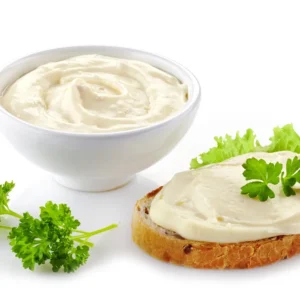
Cream Cheese Filling
Ingredients
- 1 cup cream cheese, softened
- ¼ cup unsalted butter, softened
- 1 cup powdered sugar, sifted
- 1 tsp vanilla extract
Instructions
- In a mixing bowl, combine softened cream cheese and butter.
- Beat with an electric mixer until smooth and creamy.
- Gradually add powdered sugar, beating well after each addition.
- Mix in vanilla extract and continue to beat until fully combined and fluffy.
- Use immediately as a filling for cakes, pastries, or desserts, or refrigerate for later use.
FAQ
What types of cream cheese are best for making filling?
For making filling, use full-fat cream cheese. Brands like Philadelphia-style cream cheese work well. They give a rich, creamy taste.
What equipment do I need to make cream cheese filling?
You’ll need a stand mixer or hand mixer. Also, a large mixing bowl and a spatula or spoon. A whisk or electric beater is needed for whipping.
What are the key ingredients in a cream cheese filling?
The main ingredients are cream cheese, powdered sugar, and vanilla extract. Sometimes, heavy cream or sour cream is added for the right consistency.
How do I choose the right cream cheese for my recipe?
Choose cream cheese based on your recipe’s needs. Full-fat cream cheese is best for cheesecakes. Lighter versions are good for frostings or bagel spreads. Philadelphia cream cheese is a reliable choice.
What sweeteners and flavor enhancers can I use in cream cheese filling?
Use powdered sugar, granulated sugar, honey, or maple syrup as sweeteners. Vanilla extract, lemon juice, or zest can enhance the flavor.
How do I achieve the perfect texture for my cream cheese filling?
Beat the cream cheese until it’s smooth. Add sweeteners or other ingredients slowly. Keep mixing until it’s light and fluffy. Chilling it helps it set up.
What common mistakes should I avoid when making cream cheese filling?
Avoid using cream cheese that’s too cold or too warm. Don’t over-mix and store leftovers properly. The right temperature and mixing are key to a smooth texture.
How can I use my homemade cream cheese filling?
Use it in cakes, pastries, and breads. It’s great on bagels and toast. It’s also good for dips and spreads, or as a topping for baked potatoes.
How long can I store my cream cheese filling, and what’s the best way to do it?
Store it in an airtight container in the fridge for 3-5 days. Use clean utensils when scooping. Watch for signs of spoilage like off-odors or discoloration.
How can I troubleshoot issues with my cream cheese filling recipe?
If it’s too thin, add more cream cheese or powdered sugar. Beat the cream cheese well before adding other ingredients. Chilling helps it set up.
What are some creative flavor variations I can try with my cream cheese filling?
Try adding fruit purees, chocolate, coffee, spices, or savory ingredients like herbs and cheese. Be creative and find flavors that match your dessert or baked good.
